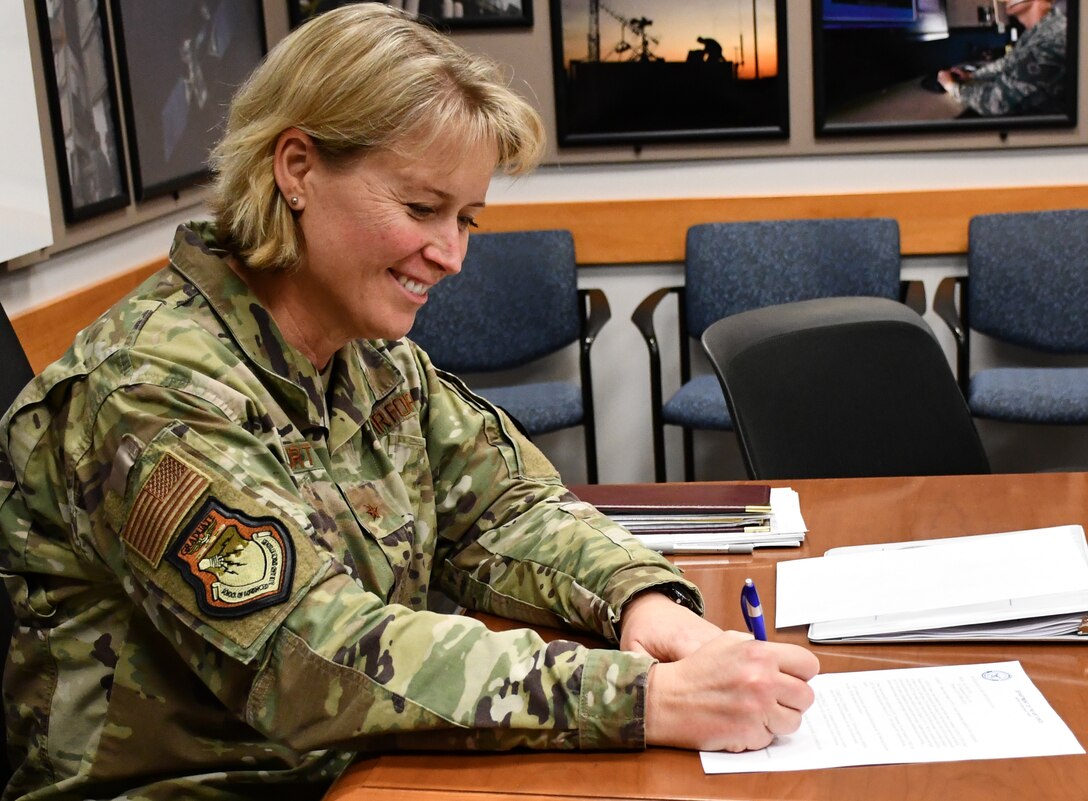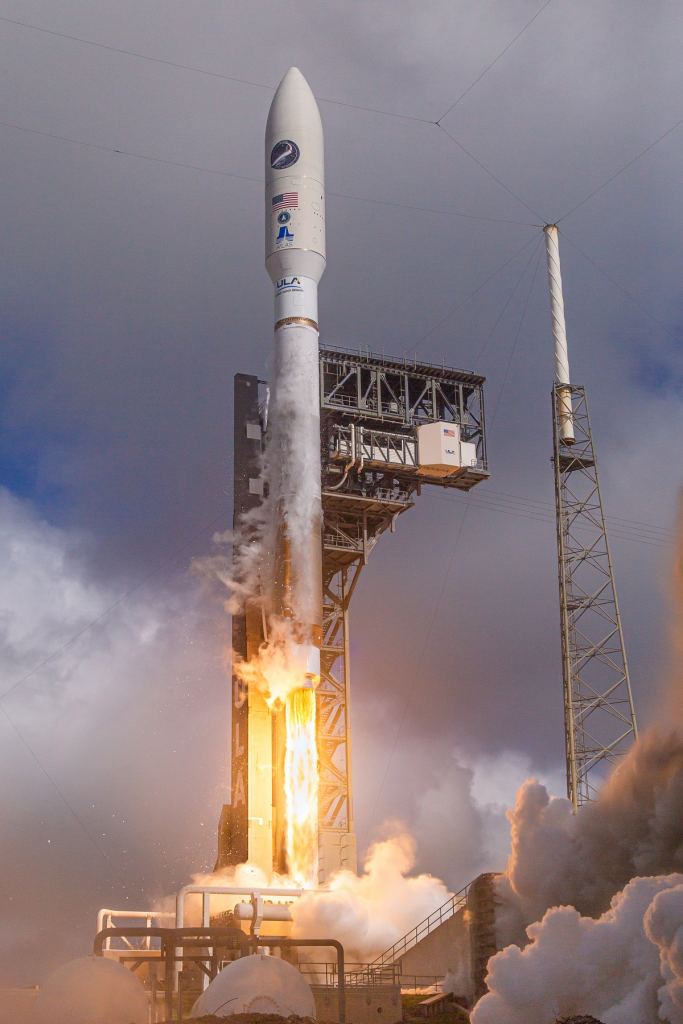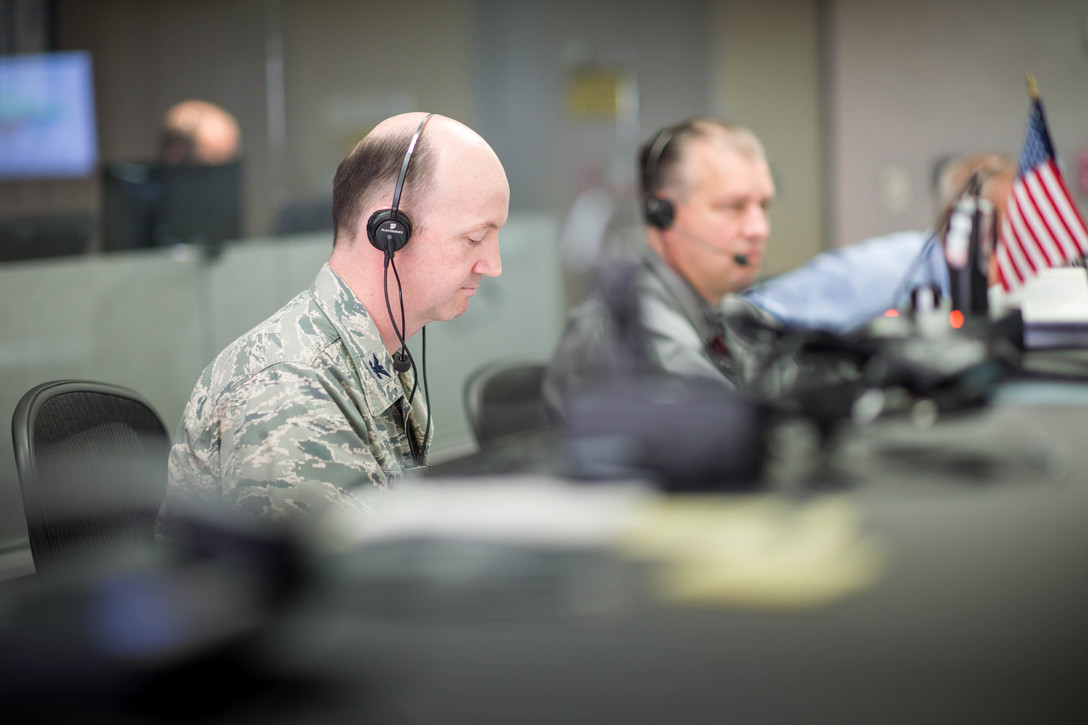On February 19th, 2019, the US Space Force (USSF) was officially created with the signing of Space Policy Directive–4. This effectively broke off from the US Air Force Space Command (AFSC) and made into the sixth and youngest independent branch of the armed forces. Since then, the USSF has established a headquarters, taken on staff from the US Air Force, and even produced a recruitment video!
In their latest announcement, the US Space Force stated that it will begin training soon to develop their staff’s “space warfighting skills.” This will include training personnel to specialize in orbital warfare, electronic warfare, military strategy, and others. The immediate aim is to produce personnel who can control US space infrastructure and protect it from physical, electronic, or digital attacks.
Until now, the tasks of the USSF have been a bit ambiguous. The term “space warfare” tends to conjure up a lot of images, most of which are fun but not realistic. Aerospace fighters dogfighting in orbit, militarized satellites and spaceships firing directed energy weapons (aka. lasers) and rail guns, and rayguns that go “pew, pew, pew!”
In reality, space warfare is an evolving domain that currently involves space-related assets – like observation and GPS satellites – being targeted in times of war. For this reason, graduates of the Air Force space training school who make the transition from the USAF to the Space Force will have the option of pursuing specialized career tracks from now on.
In the near future, the USSF hopes to begin training its own cadres in fields related to space warfare and operations – including orbital warfare, electronic warfare, space battle management, access to space, and sustainment. This is similar to what personnel with the USAF go through, where pilots choose to be air combat pilots, bomber pilots, or heavy lift pilots (supplies and mid-air refueling).
As Brig. Gen. DeAnna Burt, director of Space Force operations and communications at Peterson Air Force Base in Colorado, said in a recent interview with the Space Force Association (SFA):
“It’s going to take 10 years before those individuals are squadron commanders and squadron superintendents. That’s how the culture is going to change as well. But it takes time. I wish it would go faster but it just takes time.”

This past April, the new undergraduate space training class at the USAF Academy became the first group of commissioned 2nd Lieutenants with the USSF. These 86 officers will soon be shipped off to Colorado Springs where they will undergo “space warfighter follow on” training and select which career track they want to follow.
The Space Force also wants to create an “orbital warfare wing” in Colorado Springs where operators and future squad leaders can train. The long-term goal is to create a fighting force of 16,000 personnel that will have all the trimmings of an independent branch – procedures, ranks, awards and commendations, and even a song.
Gen. Burt also wants to see this specialization becomes “in-depth”, where the expertise of specialists extends into the development of specific space-weapons systems. For the time being, the focus of the USSF is to train its servicemen and women to address possible threats to US satellites – like anti-satellite missiles, electronic weapons, and cyberattacks. As Gen. Burt explained:
“The thing we have to keep our eye on the ball is cyber mission system defense and how do we look at defensive space operations because, again, it’s a lot easier as an enemy to come at us with a wifi connection and a laptop and try to cyber hack things than it is to go to the harder things like ASATs… I’m worried from the low-end of the spectrum – kinetically, non-kinetically – all the way to the high end… and we’re preparing our operators for it.”

Other major priorities include the development of technologies that can simulate virtual space environments for the sake of training and the creation of a public relations body that can communicate the importance of space-based defense is important. As Burt explained, this means conveying how the loss of satellites could ultimately endanger national security and even cost lives:
“[W]hen you look at what is a threat to the United States of America (or a flagship vehicle) we typically look at things where someone dies… Satellites don’t have moms. So, unfortunately, when we talk about this with the general public, [we have to make sure] we are able to capture… the second and third-order effects. Yes, a human did not die instantaneously when a satellite was taken out. But what happens… on the battlefield and the other domains because they’ve lost that capability?”
Other Space Force-related developments include the Space Fence radar system in the Marshall Islands, which became operational back in March – signaling that the USSF now has operational capability. And last weekend (Sunday, May 17th), the X-37B spaceplane was sent to space for the sixth time (OTV-6) as part of a joint USAF/USSF mission to conduct scientific experiments in orbit.
These include two NASA experiments designed to study the effects of radiation and microgravity on various materials (including a sample of seeds), a US Naval Research Lab space-based solar power experiment, and US Air Force Academy’s FalconSat-8. While the Space Force is still the subject of parody, it is taking significant strides towards becoming an operational force on par with all the other branches of the US armed forces.
You can watch the full interview with General DeAnna Burt below, courtesy of the Space Force Association (SFA):
Further Reading: SpaceNews

